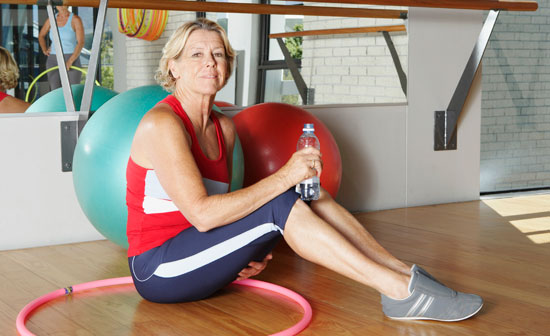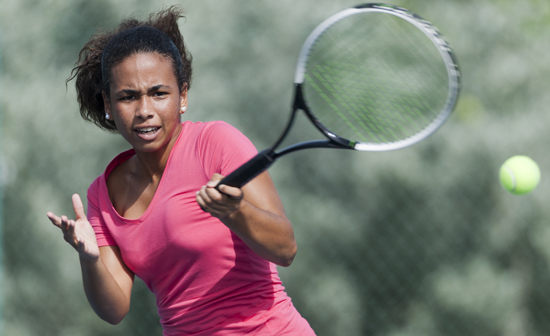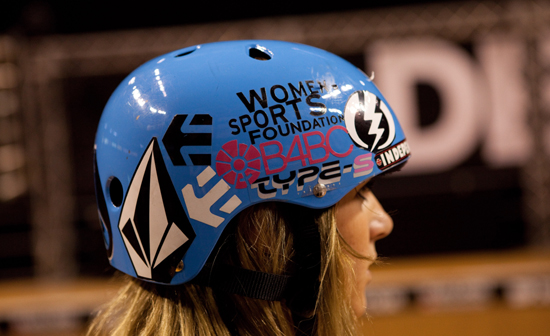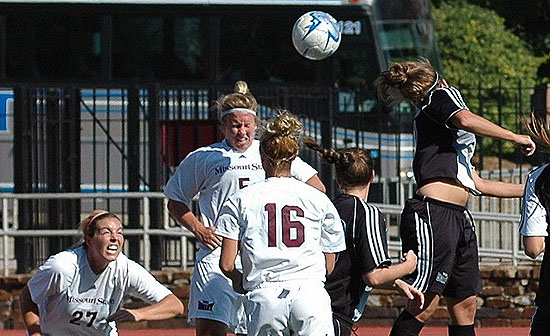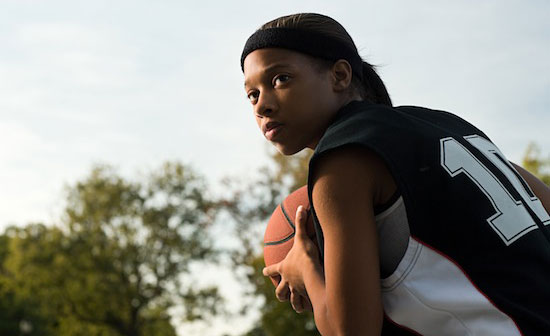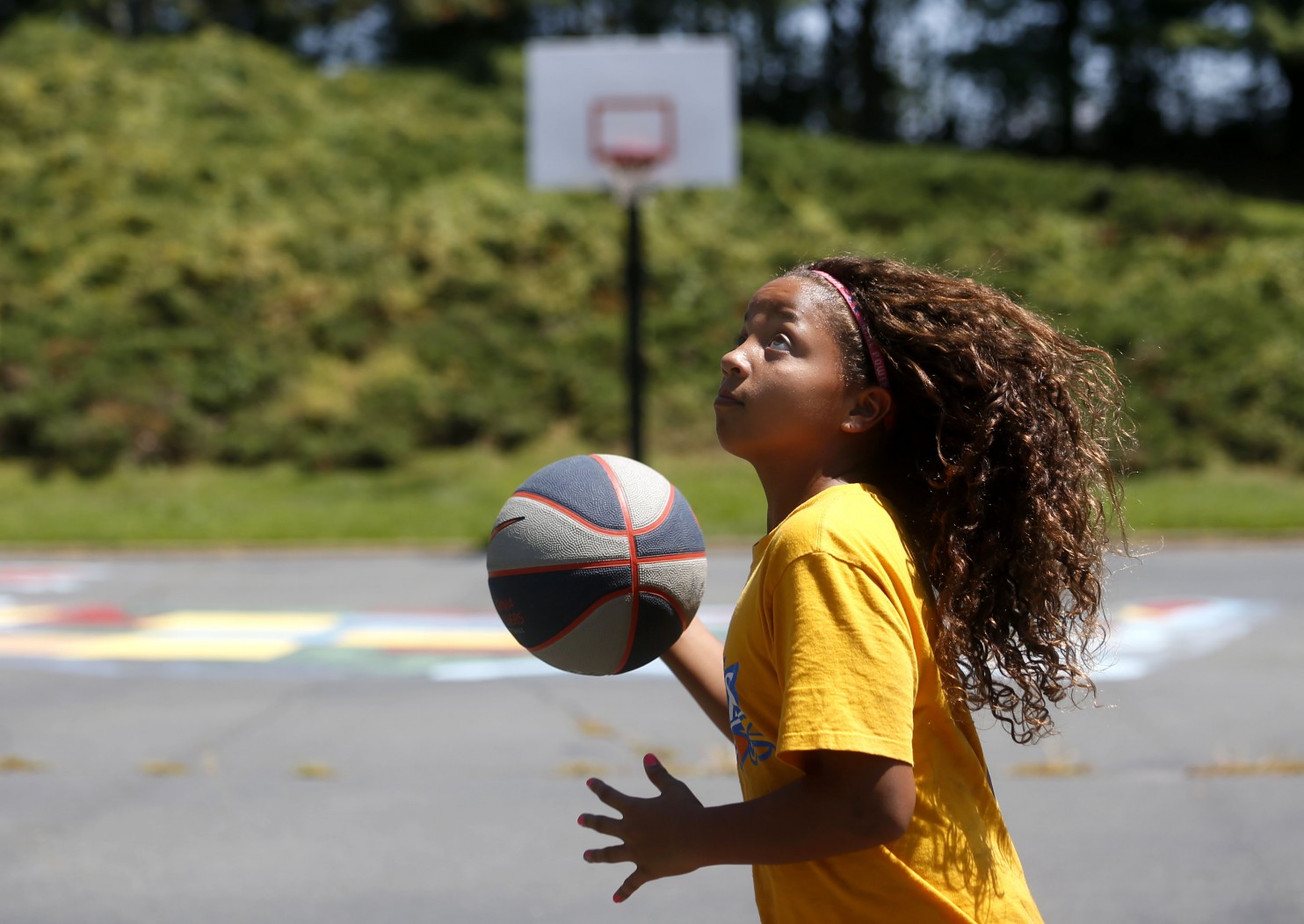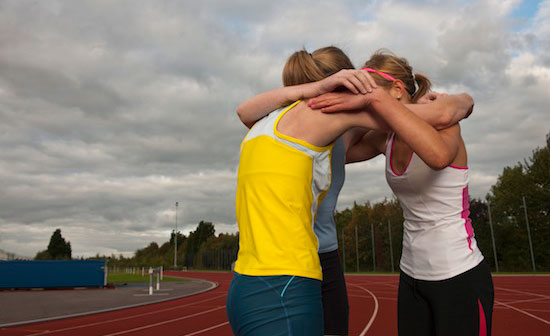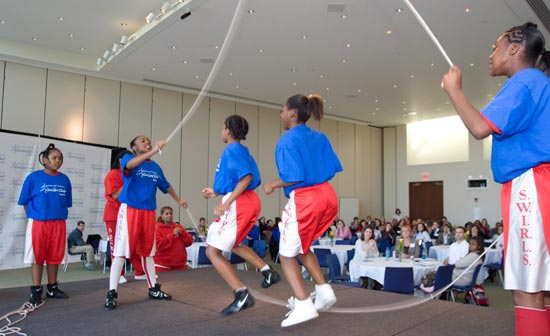In the fall of 2007, *Sue came home sobbing, telling us that the assistant coach of her travel team had been in a relationship with her best friend on the team and that she had kept this secret from everyone and us for the last year.
We knew Sue was being bullied by her coaches, a father and son duo. We suggested she not play for these coaches, but she was loyal to her teammates and thought she could make it.
Looking back, we were very naïve and foolish. The coaches were bullying Sue because she was challenging the unethical behavior of the assistant coach. As evidence of this, during Sue’s last practice, the head coach called a meeting in which he demeaned and devalued Sue without really naming her. Sue asserted herself, spoke up and said, “All the coaches needed to meet with the seniors from the team because something happened last year that was never discussed and had a big impact on the team and players.” His response was to yell at her, kick her out of practice and express that her future with the team was in jeopardy.
When we heard why Sue had been so upset all year and how abusive the coaches had been to her and her friend, we were shocked. How could coaches do something like this?
We withdrew her from the team the same night she told us about the secret, but the damaging truth related to this unethical coaching situation unfolded slowly over the next year and still reverberates both for Sue, our family and others impacted by this tragic event.
For us, the most shocking revelation was that shortly after Sue discovered the coach’s unethical behavior, he manipulated himself into a private meeting with her, probed what she knew about his behavior, and then told her she had to “keep it a secret…because he could get into a lot of trouble.”
The assistant coach’s pressuring of Sue occurred around November of 2006. Sue kept the secret until September of 2007. She felt enormous pressure during that time, and we could see it both in her emotional stress at home and the way she became disconnected from her good friend and other teammates. We never imagined that the root of these changes was the fact that Sue and her friend were victims of sexual harassment by the assistant coach.
After we went public with our knowledge, Sue became even more marginalized on the team. The anger of the other parents towards our family became overt. Plus, the assistant coach continued to have a relationship with Sue’s friend even after our family filed our complaint with the assistant coach’s father and later the state youth soccer association.
In withdrawing Sue from the team, we explicitly accused the assistant coach of creating an unethical, personal relationship with a minor player. We expected the head coach to be shocked, and then take action in support of our allegation. Instead, he wrote back in an aggressive and demeaning manner accusing our daughter of having psychological problems and that he should have kicked her off the team a year earlier.
Regarding the allegation of the unethical behavior of his son, he wrote, “… I understand that you are hurting, and angry, and protective of your child. So, I must just say that you don’t know what I know or what I don’t know.” We read this in shock and disbelief.
We began a limited effort to gain support from other families. Two families from the team and another family from outside the team were instrumental in supporting our family. To them we are truly grateful. They also stood up against a lot of adversity to tell the truth. However, it is important to note that several key parents openly supported the coaches and discouraged us from pursuing our complaint.
Parents comments ranged from “you are making too much of this, just let the girls play soccer” to “your family ruined the season for the other girls and damaged their opportunity to get college scholarships.” And by now, the coaches were actively spreading rumors that we were making false accusations about them and they were completely innocent of any wrongdoing.
Naïvely, we were totally surprised by the lack of support we received from other parents. Even the president of the league where the traveling team and coaches were registered refused to take a complaint from us. We were told, “If you file that complaint, you will be sued.”
Feeling a bit lost, we began to search for support. We found the Women’s Sports Foundation’s policy statement, “Sexual Harassment and Sexual Relationships between Coaches, Other Athletic Personnel and Athletes: The Women’s Sports Foundation Position.”
The paper helped us realize that finally, there is someone else in the world that believes female athletes young and old should be able to play sports without the fear of sexual harassment of any kind. The Foundation gave us expert guidance and most importantly support.
We also found support in the U.S. Youth Soccer Association and the Illinois State Youth Soccer Association, which ultimately held a public hearing of our complaint. The state youth soccer association hearing panel sanctioned the assistant coach for his inappropriate coaching behavior and rebuked the head coach for not conducting an investigation after we notified him in writing about our concerns.
Sadly, this story about sexual harassment still shocks and amazes many parents today, but the reality is that it occurs too frequently. People often think of sexual harassment occurring in a workplace environment, but fail to realize that a soccer field or basketball court is the workplace environment for a coach. The Foundation still receives many calls about sexual harassment of athletes and has been helping parents fight back against this injustice.
*Name has been changed to protect privacy.


